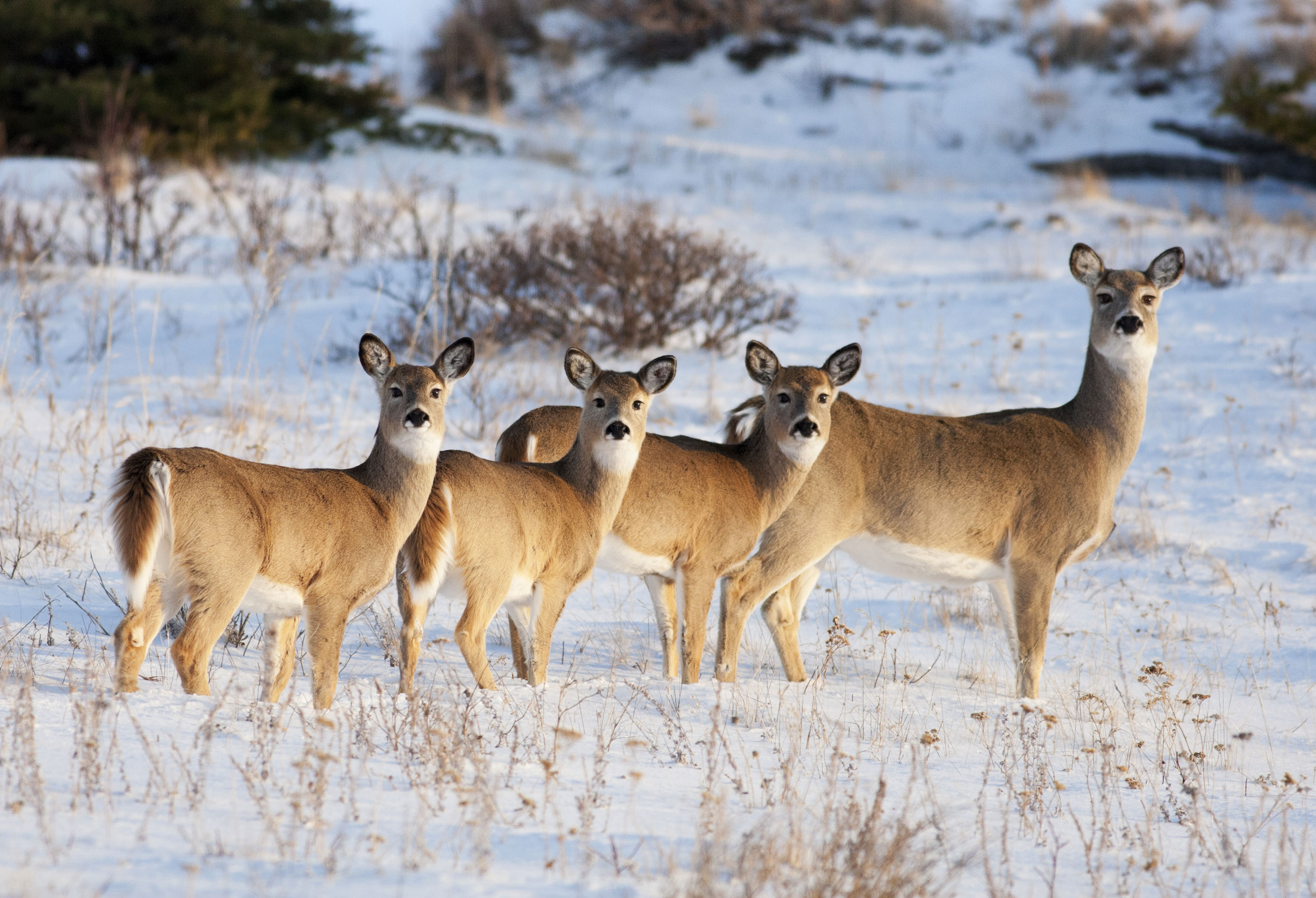Although it hasn’t always been the case, deer today are common throughout all their natural range. While no precise population counts exist for white-tailed deer, it is estimated that between 8 million and 15 million of these hooved animals live across North America, according to the University of Michigan’s Animal Diversity Web.
In Illinois, the state’s Department of Natural Resources has adopted a deer management policy to “maintain a healthy and balanced deer herd that can exist in perpetuity and provide recreational opportunities, while also balancing people’s broad range of values and their concerns about crop damage, vehicle accidents and damage to ecosystems,” according to the state’s Wildlife Illinois website.
Hunting and other measures are necessary to maintain a healthy deer population because they can exceed their carrying capacity, which is the number of organisms a particular area can support without degrading the environment, according to Wildlife Illinois. In our area, the deer population can exceed the carrying capacity for a few reasons. First, if we experience mild winters, the deer have an abundant food supply, especially in agricultural areas. And we also no longer have a large supply of carnivores, such as wolves or cougars, that are natural predators of deer, which naturally helps control their population.
While the deer population today requires management to prevent it from getting so high that they are destructive to the environment including to the health of the herd, the opposite was true at the turn of the 20th century. In the early 1900s, deer were a rare sight in Illinois, so rare that the Illinois State Museum had to secure specimens from Wisconsin to be included in an exhibit.
Deer populations were critically low for a number of reasons, including changes in how land across the state was being used and developed and the lack of hunting regulations. In realizing the deer population was decimated, lawmakers enacted laws to outlaw hunting but, even so, it took decades for the population to sufficiently recover. It wasn’t until 1957 that Illinois was able to establish a deer hunting season, the Illinois State Museum reports.
Today, deer hunting remains a reliable and responsible way to control the state’s deer population, according to Wildlife Illinois. The state’s deer hunting program is implemented and monitored by the Illinois Department of Natural Resources. In addition to hunting, local government agencies, including the Forest Preserve District of Will County, have established their own deer management programs to maintain the health and well-being of the varied forest preserve habitats, including woodlands, prairies and savannas.
A healthy habitat and a healthy diet

)
)
)
)
)
)